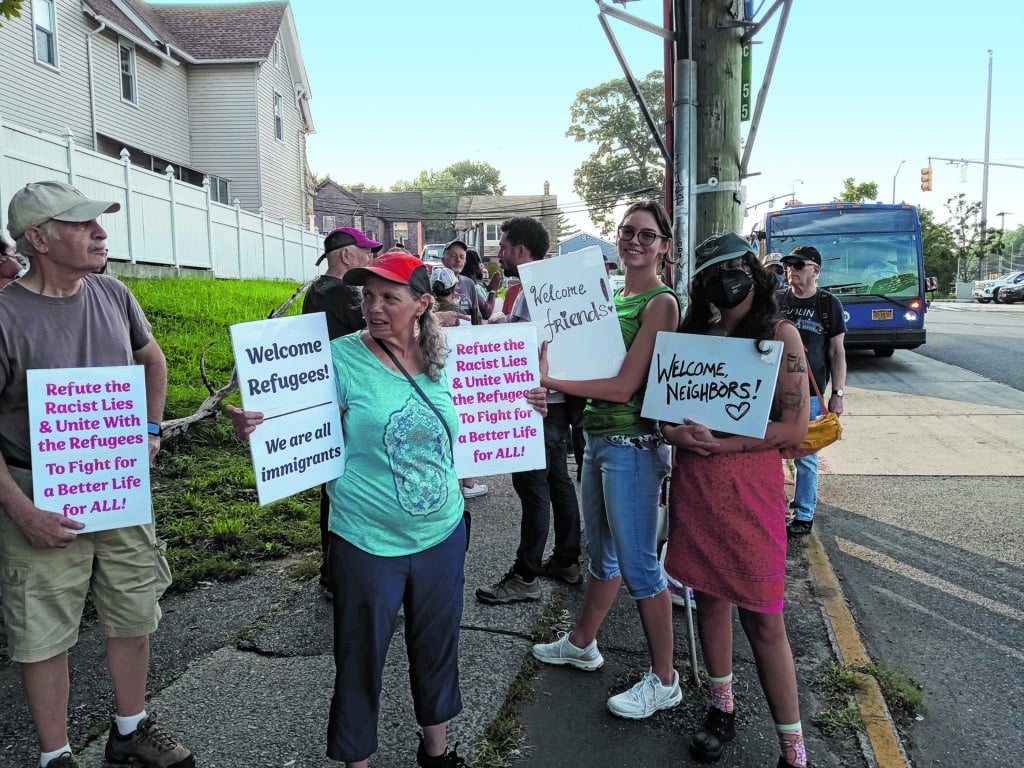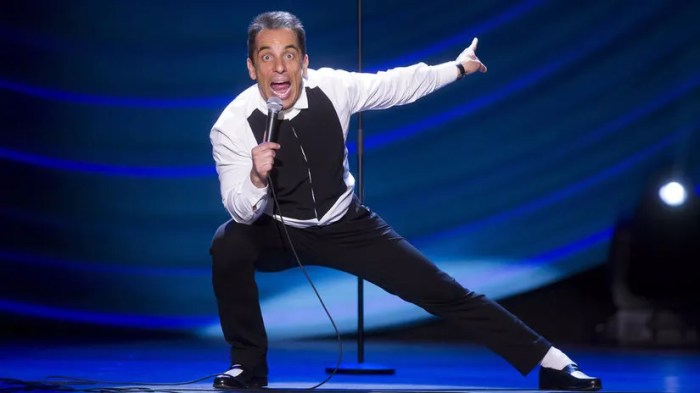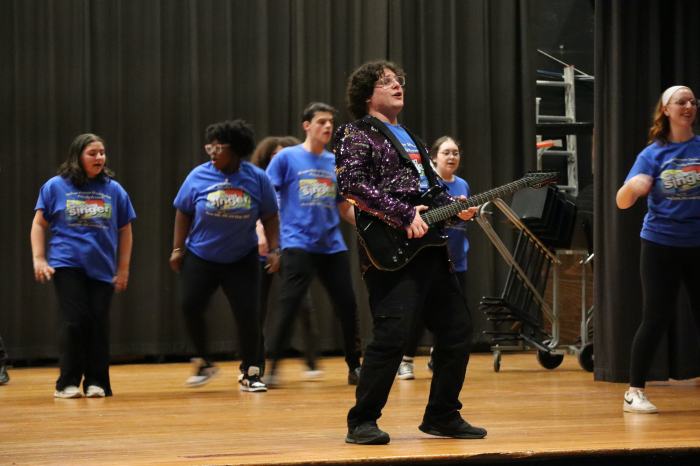For Creedmoor neighbors, possible paths forward remain daunting
Just over a month after a temporary Humanitarian Emergency Response and Relief Center (HERRC) opened on the southern edge of the massive Creedmoor Psychiatric Center campus, controversy and anxiety over the site still remain, just as Governor Kathy Hochul shows every sign of planning to help re-develop much of Creedmoor into housing.

Alongside scattered reports in a handful of outlets this year that Hochul may well support a redevelopment effort, the recent wave of protests mostly focusing on whether to shelter asylum seekers and other migrants have continued at Creedmoor as well as other proposed or active sites of shelter. Located around the five boros, these HERRCs, smaller shelters (as for women and families), and other emergency options seem to differ widely between neighborhoods, while many but not all of the protest attendees seem part of a consistent base.

On September 8, frequent rally speaker and seeming co-organizer Curtis Sliwa addressed scores of attendees in a large barricaded area set up by the NYPD across from the HERRC, on the south side of Hillside Avenue, just north of Detective William T. Gunn Playground. He spoke after dark, having reportedly gotten stuck in traffic, giving an updated, Friday-night version of this year’s stump speech.
Beforehand, as the afternoon turned to evening, a handful of attendees had turned into over a hundred at the event’s peak, mostly arriving by car in groups of two to five, or in some cases joining after strolling past on foot. People holding signs or flags and wearing t-shirts for Trump, or simply wearing warm-weather casuals, mingled with each other and with embattled Representative George Santos and a few local political hopefuls in the shade of trees and portable awnings.

Ahead of the protest, police had also set up a barricaded zone on the north side of Hillside Ave., on the sidewalk and in the bus stop lane, presumably for counter-demonstrators, but there were none there that day. As I passed the entrance to the HERRC to approach still-empty barricaded areas, a young man pulling a suitcase walked out toward a waiting ride-hail vehicle, followed by two HERRC staff. They all smiled and shook hands, bid farewell in Spanish, and the young man got into the car and rode off.
Across the street, in the small seating area outside of the playground fence, a handful of men who reside at the short-term HERRC were sitting quietly at a few tables. Before a security guard and an administrator from the HERRC came to shoo them back inside for the coming rally, one of the men asked me through a translation app what all the hubbub was about. I told him, briefly, and he responded in what seemed to be Arabic, “Do they think we are animals?” and then “We are human beings, in the end. What does the Prophet think?” (peace be upon him).
Shortly after, an older woman arrived with a homemade sign, took her place inside the still mostly empty barricaded area, took the cigarette out of her mouth, and bellowed, “GO AWAY.”

A while later, after the crowd had grown some, two men passed the table area who also wanted to know what the protest was about. I told them in Spanish, and the first man, who had one leg and had just precariously but ably disembarked a bus on crutches, shook his head and walked away soon after. The other man responded mostly in English, stating that he does agree with one criticism from the protesters that he’d just overhead: the estimated cost per person, per night of over $300. “It’s a business,” he said, adding that the money would go further, for both the HERRC’s short-term occupants and the communities they are joining as workers and renters, as “something like Social Security.”
“It’s exploitation,” he said, noting that he’d only been able to get work in a local kitchen for two 10-hour shifts a week, for a grand total of $200 per week. He showed the healing and fresh cuts and callouses on his hands, and lifted his shirt, on request, to reveal a still-vibrant burn on his lower belly from being scalded on the job. “I’m not used to this kind of work.”
A woman walking by a few minutes later, who lives around the corner and was a teacher for the NYCDOE for over 30 years, said she doesn’t feel safe walking past the playground anymore, and now drives her car the three blocks to the YMCA. Apropos of nothing, she noted, “Not all Indians are Democrats. But it’s not about Republican or Democrat anyway.”
She said further that she had recently noticed a group of three young men removing recyclables from her house’s bins, that she had seen a similar group of three young men at the grocery store returning recyclables for the deposit, and that now, as a result, she had moved her bins back into the garage, not wanting strangers coming on her property. “I would rather save them up for the people who have been doing that around here for years.”
As the sun set, a group of three men, two elderly and one late middle-aged, approached a small group of asylum seekers and attempted to speak with them. The latter man, who introduced himself as John, said he and his fellow neighbors were trying to greet the men, and didn’t hold their immigration status against them. They do believe that somewhere else would be better for the HERRC, though, and safer for all involved, he said.
Not long after his own family moved to nearby Queens Village from Williamsburg, Brooklyn in 1958, someone burned down their garage, and another time a swimming pool was drained because his family, the “greasy Italians,” had swum in it, John recalled.
As I walked away from the scene that day, I passed three young men (or possibly older teenagers) positively bouncing along the street as they paused to look inside a public trash can with a professional air before heading onward again, showing every sign of being excited for the future.

































